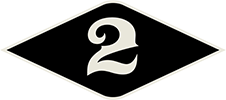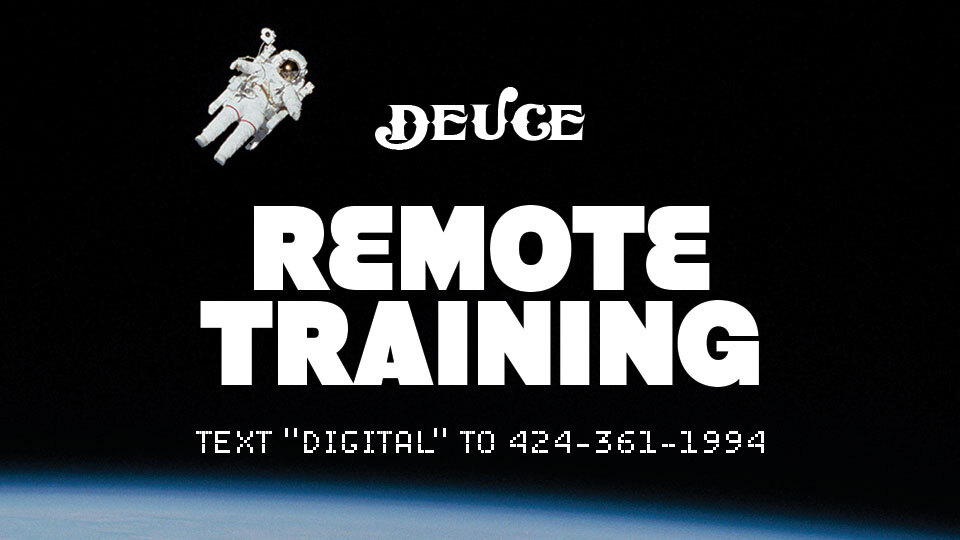Stretching on stretching on stretching does not and will not fix all your problems.
Yes, you read that correctly. In fact, go on and read it again.
The underlying problem is not necessarily that your muscles are too tight or too short. They very well could be short as an indirect result of what’s going on in your body, but maybe the real issue is that the sequencing pattern of your muscles is off. That means, the nerve firing patterns from your brain to the designated muscles isn’t working properly.
There is no muscle in our body that works on it’s own. In order to move a joint there are multiple muscles involved as well as ligaments and tendons and the surrounding fascia. Furthermore, there are motor and sensory nerves that innervate our muscles and surrounding structures. We develop motor sequencing patterns based on the habits we create.
As babies, we have a clean slate, a blank page. We build upon every interaction. In my generation, we played outside, climbed trees, ran from the boys on the playground, and got dirty. Once we started sitting in school desks for eight plus hours a day was when the de-conditioning started. We don’t feel many aches and pains as children or even teenagers because of our bodies’ incredible ability to recover.
However, as time catches up to us and play becomes less common, our bodies adapt and become fixated in certain ways that we have trained them to operate in such as a desk or bending over like a dental hygienist does daily, for example. You have developed habits or motor patterns that are congruent with your lifestyle, but probably not so in-line with optimal health and performance.
All throughout our bodies there are ideal sequencing patterns. Let’s take a dead lift, for example, for your posterior chain. The ideal muscle activation sequence would be for your gluteus muscles to fire, followed instantly by the opposite side lumbar spine erectors, and same-side hamstring muscle group. If the nerve supply to your glute muscles is shut down or diminished, then your lower back and hamstrings will have more work to do. Yes, stretching your hip flexors will take pressure off of your lower back, but until your glutes engage, you will continue to have low back issues.
The same is true for your shoulders. Until your body learns to engage the scapula against the rib cage prior to any other muscle activation, you will have shoulder issues, neck problems, tennis elbow, and/or wrist pain. Go ahead and continue stretching your shoulders and using the lacrosse ball on every trigger point, but until you actively engage the scapula against the thoracic spine, you will have very persistent issues.
My point here is not to steer you away from stretching or mobilizing, but to step back and really examine your situation. Get to the root of your problem. Use a lacrosse ball to enhance mobility and warm-up rather than using the it to diminish pain and make you feel better. Stop treating the symptoms and get to the core of all movements. Become an efficient mover so that you lead a sustainable lifestyle.
Lindsey Mathews, D.C.
@GigEmLindsey
10/17/13 WOD
AMRAP 15
Partner A:
3 Ring Dips
3 Push ups
Partner B:
3 Push Press (135/95)
100’ Rack Walking Lunges
-Switch-

